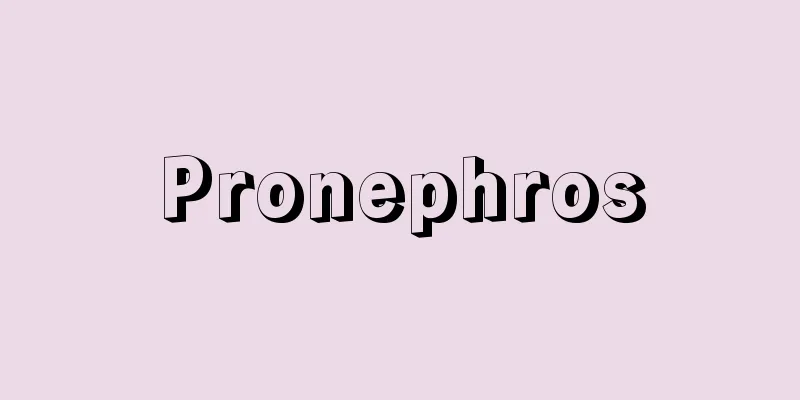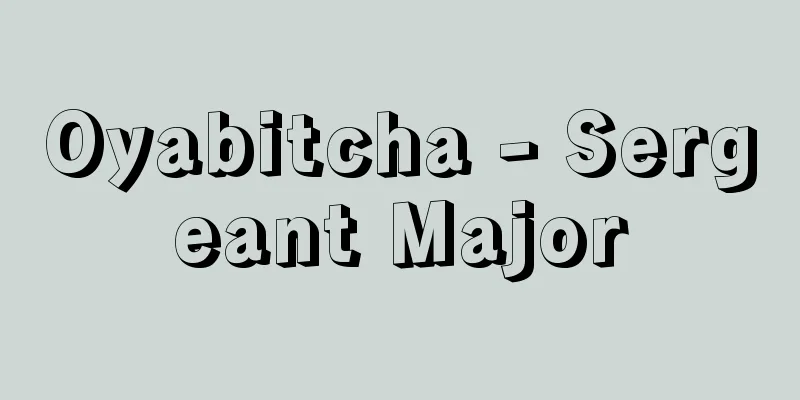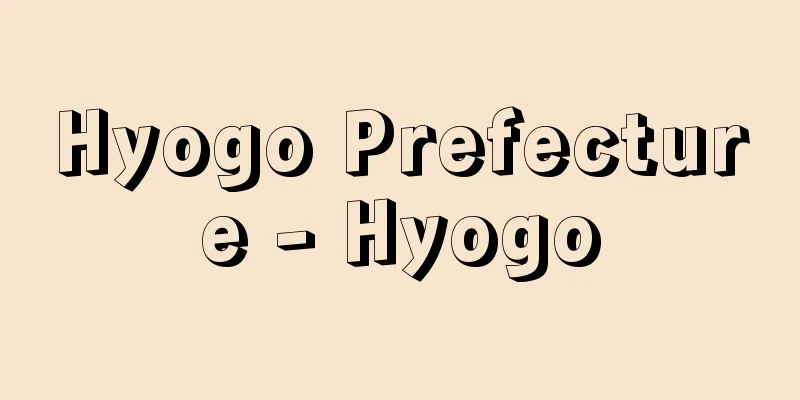Francis Picabia

|
French painter and poet. Born in Paris to a Cuban family. He studied at the Ecole Nationale Supérieure des Beaux-Arts in Paris, exhibited at the Salon des Indépendants in 1903, and was highly regarded as a post-impressionist landscape painter, but turned to cubism (cubism) and joined the Golden Section movement, but soon left. In 1913, he discovered the anti-picture magazine "291" by photographer Stieglitz in the United States, and published drawings that resembled machine blueprints in the magazine. In 1917, he launched his own magazine "391" in Barcelona, which he continued until the 19th issue was published in Paris in 1924. Although it was a small pamphlet, it became one of the epicenters of the modern art movement. He was also interested in Expressionism and Futurism, but was an important promoter of Dadaism, later moving to Surrealism, and then leaving that and returning to representational painting, but from 1945 he once again immersed himself in the world of abstraction. From around 1918, he became passionate about writing poetry, which included "Poems and Drawings of a Daughter Born Without a Mother," "Thoughts Without Words" (1919), "The Strange Foreigner Jesus Christ" (1920), "Selected Poems" (1945), and his final collection of poems, "591." In 1924, he not only designed the set and costumes for his own ballet "In the Absence" (music by Satie, choreography by Borlan), but also wrote the screenplay for the film (directed by Rene Clair) to be shown during the intermission. His quest for various avant-garde movements was due to his refusal to belong to any major school and his constant derision of authority, and all of his work was supported by an aesthetic of anti-order and absurdity, including dark humor. [Motoyoshi Sone] "Dada in Paris" by Sanouillet, translated by Shinya Ando, Akira Hamada, et al. (1979, Hakusuisha) Source: Shogakukan Encyclopedia Nipponica About Encyclopedia Nipponica Information | Legend |
|
フランスの画家、詩人。キューバ人の家系にパリで誕生。国立パリ美術学校に学び、1903年アンデパンダン展に出品、後期印象派の風景画家として評価されていたが、立体主義(キユビスム)に転じ、黄金分割派に加盟したもののまもなく脱退し、13年アメリカで写真家スティーグリッツの反絵画的雑誌『291』を知り、その誌上に機械の設計図もどきのデッサンを発表。17年バルセロナで個人雑誌『391』を創刊し、24年パリで刊行する第19号まで続けた。これは小冊子ながら近代芸術運動の震源の一つとなった。表現派や未来派にも関心を寄せたが、ダダイスムの重要な推進者として活躍、のちにシュルレアリスムに移り、やがてそれからも離脱して具象絵画に復帰したかと思うと、45年からはふたたび抽象の世界に没入した。 1918年ごろから熱中した詩作は『母なく生まれた娘の詩と素描』をはじめ『言語なき思考』(1919)、『変な外人イエス・キリスト』(1920)などから『詩選』(1945)を経て最後の詩集『591』に及ぶ。24年には自作のバレエ『休演中』(サティ音楽、ボルラン振付け)の装置、衣装はもとより、幕間(まくあい)に上映する映画(ルネ・クレール監督)のシナリオも執筆した。さまざまな前衛運動を遍歴したのも、一流派に属することを拒み、絶えず権威を嘲弄(ちょうろう)し続ける姿勢からであり、その制作のすべては黒い諧謔(かいぎゃく)を含んだ反秩序と不条理の美学に支えられている。 [曽根元吉] 『サヌイエ著、安堂信也・浜田明他訳『パリのダダ』(1979・白水社)』 出典 小学館 日本大百科全書(ニッポニカ)日本大百科全書(ニッポニカ)について 情報 | 凡例 |
Recommend
jam session
...Also, due to various restrictions and successi...
Daniele Manin
Italian politician. He studied law at the Univers...
unloader
…Bridge cranes are widely used in outdoor materia...
Synesthesia - synesthesia
Synesthesia is a phenomenon in which a certain sen...
Robert, NL
…Today, refiners that break down, beat, and refin...
cocksfoot
…The inflorescence branches spread widely during ...
François Viète
French mathematician. He was also a lawyer, and w...
Azalea Garden - Azalea Garden
The residence of the Sengoku period daimyo Takeda ...
Shinotsu wilderness
This peatland stretches across the north bank of t...
Blies
… [Geography] It is part of the Saar-Nahe mountai...
Kirov with us - Kirov with us
…He was once a member of the literary group Serap...
Abū Manūr Muammad Daqīqī (English spelling)
Persian poet. Born in Tus or Balkh. Served as a c...
Pabst - Georg Wilhelm Pabst
German film director. Born in Raudnitz, Czechoslo...
Saunders, C.
...There are two streams of hospice care: the Cat...
Nagas - Naga (English spelling)
They are a Mongoloid ethnic group who speak Tibet...









